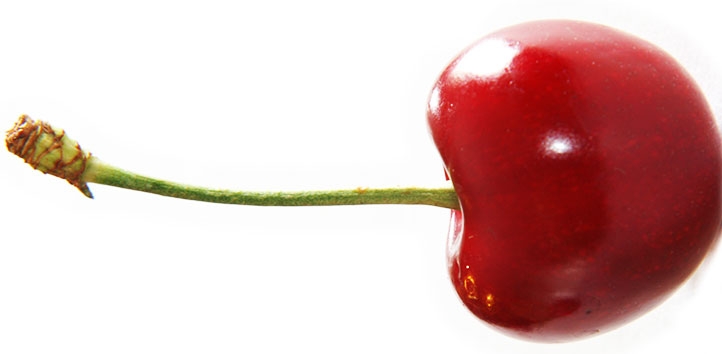Sorting, packing and transporting cherries
Sorting, packing and transporting cherries (cont from last issue)
At the packinghouse, cherries are susceptible to bruising and pitting, though not all the blame can be placed on the packing facility.
Pitting occurs from impact on dimple surfaces, while bruises result from impact on flat surfaces. Fruit temperature also plays a role in bruising. Impact bruising will occur at colder temperatures. Colder cherries are also more susceptible to pitting.
Compression damage is observed at warmer temperatures. But you can only run warmer fruit if the cherries can be cooled down before being put in the box. Once cherries are in the box, it is difficult to cool them down.
Research conducted in Canada showed that cherries get firmer when held in cold storage for a week or two, particularly with the Summerland varieties. The reason for the increase in firmness is not understood.
Storability & flavour
One of the important influences in the storability of cherries is acidity.
When cherries ripen during storage and transport, the amount of titratable acids decreases faster than the loss of soluble solids (sugars). The cherries may still look good, but the acid-to-sugar ratio becomes skewed because the fruit loses more acids than sugars, which changes and causes loss of flavour.
Cherry flavour is defined by sugar content (sweetness), acidity (tartness) and aroma. While the balance of sugars and acids is often as important as the actual amounts of either component of taste, sweetness is of primary importance for flavour.
Cooling
Cherry handling and packing equipment have improved greatly.
Improvements have also been made to reduce fruit damage from leaf-eliminating equipment and cluster cutters.
The aim of sorting and packing cherries is to remove unmarketable fruit, size the fruit and cool it without causing damage.
During transit and marketing, cherry temperature should be as close to 0C as possible, to reduce respiration to a low enough level to maintain cherry and stem colour and minimize water loss.
At this temperature, flesh firmness, acidity and sugars will be retained.
If no additional cooling can take place once the cherries have been boxed, it must be placed into the box at this temperature.
Once warm cherries have been placed in a cardboard box with a poly-bag liner and palletized, it takes a very long time to reduce the temperature of the cherries if the pallets are just set in a cold room for cooling.
However, there are methods and procedures that increase cooling rates significantly, so that acceptable transit temperatures can be obtained overnight.
(cont next issue)
See this article in Tree Fruit April 2020






















